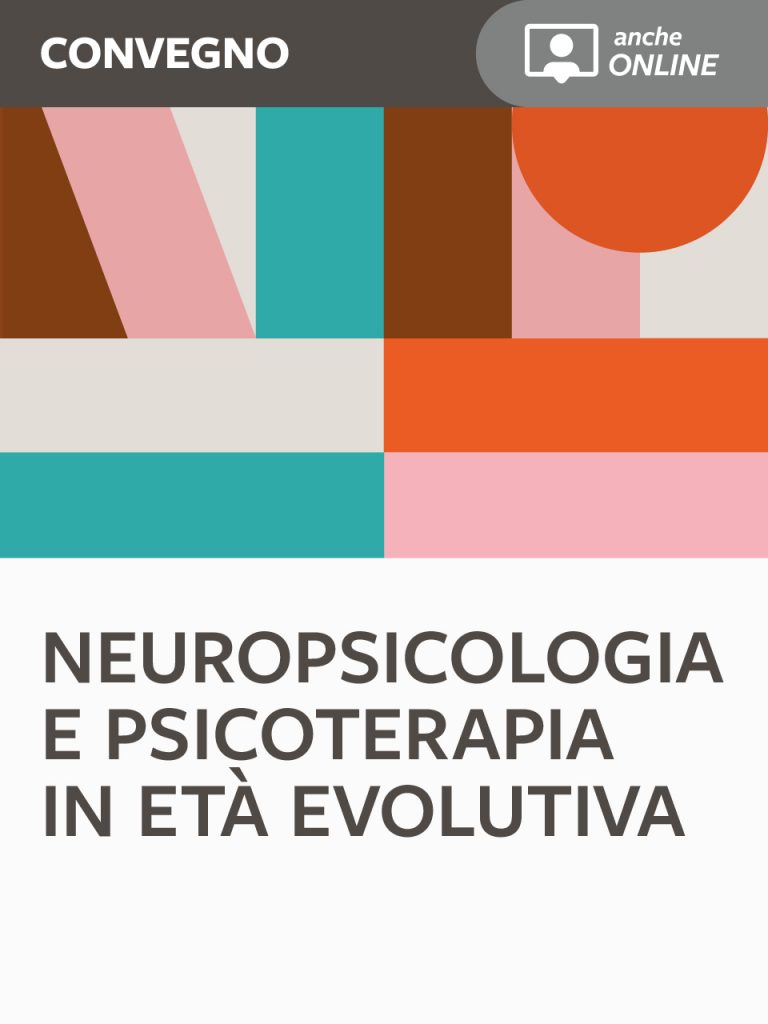Teaching Interaction Procedure and Video-Based Group Instruction in Teaching Social Skills to Adolescents with Autism
Cinzia Pelissa, Alessia Veltri, Elena Clò
Persistent and generalised deficits in communication and social interaction characterise autism spectrum disorder. Social skills and significant relationships with peers are essential for good life quality and well-being. This study explores the effectiveness of the conjunct application of video-based group instruction and the teaching interaction procedure in teaching two specific social skills: taking part in a conversation and complimenting others. Participants were two pupils diagnosed with ASD, aged 10 and 15. The training lasted for five weekly meetings over a month and a half for each skill and was conducted in a behavioural social skills group. A multiple-baseline-across-behaviours design was adopted for both students. The research design included five phases: the pre-baseline, base line, training, follow-up and generalization phases. Results show improvements for both children in the taught skills. Maintenance was successfully tested two and a half months after the end of training from the beginning of the teaching process. The data support the integration of the two procedures in teaching social skills in a small group format. This study adds to the literature presenting detailed and effective teaching strategies for social skills training to ASD children. These strategies were effective in group settings and applicable in a clinical community setting.
Keywords
Autism Spectrum Disorder, Social skills, Group teaching, Video-based group instruction (VGI); Teaching interaction procedure (TIP).

